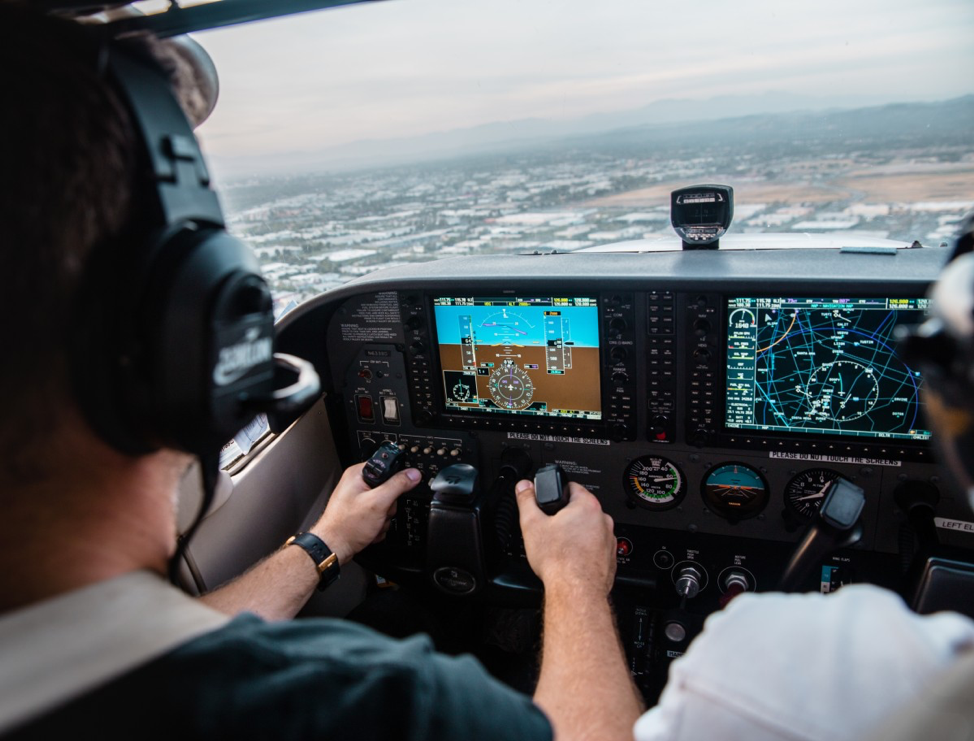Opinion: HoloLens 2 and RealWear in Training Scenarios
RealWear HMT-1 and HoloLens 2 are Companion Platforms to Enhance Safety and Productivity
Post Summary
- HoloLens and RealWear assisted reality are complementary devices for very different use cases, with little or no overlap.
- The Microsoft HoloLens 2 is focused on Basic Digital Training in safe environments, contextualized in the real world. (Digital focus first, real-world focus second.)
- The RealWear HMT-1 and HMT-1Z1 hands-free, voice-controlled head-mounted device is focused on Advanced In-Situation use in rugged and potentially dangerous, real-world environments. (Real-world focus first, digital focus second.)
Congratulations to the HoloLens 2 team for building what may be the best platform for enabling immersive training & 3D visualization.
CLICK HERE TO LEARN ABOUT MICROSOFT TEAMS ON REALWEAR
At RealWear, we believe Microsoft’s HoloLens 2’s singular focus on enterprise, including increased field of view (FOV) and better user interface (UI) will result in the best visualization tool the world has ever seen.
We expect the HoloLens 2 to improve the basic training of workers in controlled, safe environments. We’re thrilled to join Microsoft and others in accelerating enterprise Digital Transformation and Industry 4.0. The Microsoft innovations is good news for the industry. We look forward to advancing the field together.
Training versus Work
We are often asked about the comparison between the HoloLens 2 and RealWear’s flagship HMT-1 assisted reality device. Simply stated, both products are built for different phases of training and upskilling and are therefore used very differently. Both are the safest method of training, when they are used in the right environmental setting. Increasingly, the two wearable systems are used in sequence. First, a worker is trained digitally with the HoloLens. Next, the worker is aided in the field with the hands-free HMT-1 heads-up display, allowing the user to keep both hands on the job, and his or her head up. Eyes forward, head up, hands free.
In field service, training always starts with the basics. In the military, this is called “A-School” training and in the trades this is called “Apprentice” training.

Learning to Fly
Take, for example, a new student learning to fly.
In this analogy, the first few days of training are spent on a flight simulator (a digitally intense, immersive experience), where all inputs are digital. This allows the student to understand the basic layout of controls, represented by digital artifacts. This gives students a controlled, safe training environment.
Upon completion of basic flight school, a student is tested and, if he or she passes, awarded a private pilot license. These individuals can now fly a plane by themselves and are pilots. In the actual sky.
While flying, the pilot’s attention should be nearly 100% on reality, not on a digital world.
When approaching a new airport for the first time, the new pilot needs to know the radio frequency of approach control, the descent altitude, and at what vector.
This type of in-situation information is best received via a “Head-Up” display (HUD) as opposed to an immersive experience. This helps to ensure that the pilot stays safe as they are given these “snacks” of information, such as “112.3 MHz”.
At RealWear, we are focused on maintenance workers and operators, not pilots, but the pilot analogy has proven helpful.
When training new crane operators, for instance, one does not want the safety risk of dropping the very first load they lift when basic training can be effectively accomplished through a VR / AR system. Likewise, once the operator is qualified or certified, you want your operator’s full focus on reality first, digital second to stay as safe as humanly possible in that situation.
It’s easy to see the differences among different types of training that use digital tools. Just watch what the trainee does. For instance, does the trainee focus predominantly on digital or simulated elements? Or is the industrial worker fully qualified and, in-situation, requiring a “snack” of information, such as the color of the next wire to clip or the number of the next valve to open? The most important aspect of knowledge transfer from digital tools in these environments is that they are effective and safe.
Part of the potential confusion are that the “snacks” of information do not generally excite the layperson. Trade Show attendees may not be qualified on basic industrial skills of trade and therefore are more inclined to get excited by the “flight simulator” style of training because it suits where our knowledge is at (and on top of that, it looks really cool). However, in a nuclear power plant or on an oil platform in the north Atlantic, conveying knowledge in a cool way never outweighs safety first.
Mixed Reality and Assisted Reality
Lastly, HoloLens 2 is considered a Mixed Reality device. RealWear is considered an Assisted Reality Device. Both devices are considered Extended Reality (XR) devices, as they both land on different locations on the XR spectrum. Learn more now on five key benefits of Assisted Reality where you can see our infographic.